Chaos, Creation, and Spirit
Surrendering to God at the Edge of Order
The first act of creation in the Hebrew Bible is the rush of Spirit into a “formless void.” Before God whispered light into being, or split the water from dry land, or watched organisms form and swarm until each habitat on earth teemed with creeping, flapping, swimming life, Spirit flooded chaos.
The text doesn’t indicate what Spirit did to the chaotic matter, although Bible scholars and lay readers have formed theories about Spirit’s role in creation, ranging from Spirit as “life-giver,” as “communicator,” or as “the power of creativity.”1 In general, these theologies tend to portray creation as an ordering of chaos, and cast Spirit as God overcoming disorder. “By the work of the hovering Spirit,” one Baptist theologian wrote, “God is going to tame the darkness and the water of the chaotic earth and bring forth life of many kinds.” Tameness and order therefore emerge as the hallmarks of Spirit, and as the purpose of creation.
For their part, Latter-day Saints have typically followed this strain of theology, characterizing creation as an act of “organization” (Abraham 4) by which order emerged from chaos. In LDS theologies of creation, the apex of this “organization” occurred with the formation of physical bodies for God’s spirit-children (humankind). Unlike most of their fellow Christians, Latter-day Saints also celebrate the so-called “Fall” as a necessary step that enabled the First Couple to “ha[ve] seed” (Moses 5:11). Human procreation then becomes an extension of God’s greatest act of creation, and everyone who participates in it gets the honorifics “mother” or “father”—titles they share with the Heavenly Parents that Latter-day Saints revere. Thus, human bodies emerge as part of God’s organizational work, and human families become the organizational unit of the “plan of salvation.” Latter-day Saints have good reason to place a theological premium on bodies and families, especially since many of the unique claims within LDS theology relate to the eternality of physical bodies and family bonds.
But too much focus on order and organization can distract from important theological complexities—especially those related to Spirit. Mark Galli argues that “[c]haos is the work of the Spirit. . . . Chaos reveals the excessive order and forces us to make a decision—either to grasp ever harder [for] control or to let our lives be led by the Spirit.” Galli’s observation highlights the fact that Spirit’s work in the world is not always orderly; Spirit does, in fact, seem comfortable in chaos. Spirit rushed into chaos before the earth formed, and history and scripture document the ways Spirit sparked chaos in charismatic outbursts of worship, overpowering bodies to flail or collapse (Alma 18–19) or speak in ways that made onlookers suspect drunkenness (Acts 2:15). For Latter-day Saints in particular, Spirit challenges order. After all, unlike the other members of the Godhead in LDS theology, Spirit lacks both a physical body and titles that correlate to human relationships, making it difficult to square Spirit with ideals about bodies and families in eternal plans.
This ambiguity of Spirit opens possibilities for theological work into other ways that life departs from order and ideals—including disability. Christian theologians have long wrestled with tensions that arise from the lived experiences of individuals whose bodies and families do not fully square with doctrines. For instance, Sharon Betcher has pointed out that “[i]n theology, Spirit has often been made the agent of . . . Final Perfection,” in which perceived impurities and imperfections dissipate. Sometimes this mentality falls victim to a binary of wholeness and brokenness, which rewards “performance of the ideal,” the orderly, the complete. Betcher—who lost a leg in an emergency amputation—notes that Christian theology often lacks full engagement with disabled bodies, favoring accounts of healing and other miraculous restorations of “wholeness” above grappling with bodies that remain “broken.” Candida Moss and Joel Baden likewise have observed religious stigmas around infertility, especially in communities that view procreation as part of the “natural order” by which humans fulfill God’s commandment to “be fruitful and multiply.” Infertility, like other disabilities, transgresses theological ideals about order in physical bodies and in family structures.
Latter-day Saints pattern the ideal family—father, mother, children—after theological tenets, and performance of that ideal translates into norms and assumptions in LDS culture. Not every Latter-day Saint can perform that ideal, however, for myriad reasons that warrant attention. As a straight woman who married in her mid-twenties, though, I was privileged to assume that the cultural norms I breathed since childhood would match my reality. I certainly never assumed that the thing I’d been taught was one of the greatest gifts God gave me—my reasonably healthy body—could prevent my performance of the theological ideal I’d learned to see as my part in God’s ongoing creation.
I received the first of what became a series of diagnoses contributing to infertility during the second semester of my master’s program. Achieving that diagnosis had required not only a handful of doctor’s visits and blood tests, but also an MRI that occurred the day before an important exam in my New Testament class. As I frantically shuffled through flashcards on the bus to the hospital for the procedure, I wondered whether the imaging techs could read the cards to me while rays scanned my brain for a tumor on my pituitary gland. (I didn’t realize that the machine’s noise would make that impossible.) I also wondered whether I’d retain anything I studied, since all I could think about was the way my life’s vision was fading.
As the second oldest of my parents’ eleven kids, I had no frame of reference for infertility. I had changed diapers for and fed bottles to babies as long as I could remember. And before we married I had confessed to my now-husband that I hoped our family might look something like the one that I grew up in. In fact, I’m pretty sure I used that classic phrase, “accept any children God sends us” (obviously meaning lots), and Nathan was on board.
We moved across the country soon after our wedding so that I could begin a degree in theology, and when my period disappeared I assumed, first, that I was pregnant. After a negative test, I then assumed that three huge life changes in quick succession—marriage, move, and grad school—had simply overstressed my body. Months later, though, my period remained missing, and Nathan and I had hit the minimum threshold for infertility, so I phoned the student health center.
Workup procedures, specialist visits, follow-up MRIs, and medications consumed another full year, and during that time I began to realize that being a big-family mom—Plan A for my life—might not happen. In tears one night during prayer, I began to consider Plan B: more schooling. By the time Nathan and I had secured additional infertility diagnoses, we had also both secured offers for doctoral programs.
Within the first few years of marriage, then, infertility forced me to reexamine my theological assumptions—especially as an LDS woman—in light of “disorder” inside my body and my life. I had grown up around many strong, fulfilled stay-at-home mothers; I had not grown up around many women who got PhDs. At church gatherings, Nathan and I often fielded the question, “How many kids do you have?” (taking for granted there would be some), and when we said, “None, yet,” we usually met the response, “Well, you’re both busy with school,” as if that were why. The first time I attended a Mormon History Association conference, a fellow presenter who learned I didn’t have kids said, “Good—it’s hard to be a student-parent. You’re smart to wait till you’re done.”
“Well, it isn’t by choice,” I confessed.
He looked away quickly. “Oh. I’m sorry to hear that.”
So was I.
The questions and assumptions stung, but didn’t surprise me. After all, choice, or agency, is also a theological focal point for Latter-day Saints, and another integral part of our creation narratives. In an account unique to Latter-day Saints, God’s decision to make “an earth whereon [people] may dwell” stemmed from his desire to “prove” his spirit-children, observing what choices they would make (Abraham 3:24–25). It wasn’t until Adam and Eve asserted agency that they became able to conceive (Moses 5:11), so creation as a whole, and creation of individual bodies in particular, all bind our theology of procreation to our theology of choice.
Language of agency also permeates the way American society discusses childbearing (think “family planning,” or “birth control”). Infertile people—though not rare—are a social minority, and because options do exist for individuals and couples to engineer their families in line with their choices, Moss and Baden note that the “default assumption [tends] to be that childless couples have simply made a lifestyle choice.” That assumption carries different weight in different contexts, but in religious communities that prioritize marriage and family, that cast procreation as co-creation with God, and that emphasize agency, a social stigma often accompanies childlessness.
Infertile Latter-day Saint couples shoulder an invisible disability, a physical “disorder” that affects their participation in cultural norms and participation in God’s “work and glory” (Moses 1:39). Childbearing, for them, is no matter of agency. They wait, and they pray, not as things to act but as things to be acted upon (2 Nephi 2:13)—at least in this critical sphere.
While I waited, I studied, although I never intended my schoolwork to yield insight into my personal life. Drawing on questions that had fomented during my master’s program, I dived into research about ways American Christians have understood and experienced Spirit, and how those experiences changed over time. In the accounts of Methodists, Presbyterians, Baptists, and others, a pattern struck me: Charismatic revivals and conversions characterized many early stories, but eventually fell away to routine, institutionalization, and order.2 In early revivals, worshipers often lost control of their bodies to Spirit, moving and speaking in ways they didn’t choose. Later, church leaders warned against such outbursts, imposing a “respectability” that recognized Spirit only in certain acceptable manifestations.
As numerous scholars have observed, Latter-day Saints followed a similar trend, attempting to rein in the chaos of Spirit.3 During the nineteenth century, many of the ecstatic expressions of Spirit that characterized early LDS worship lost place, in favor of a staid tone that equated quietness with reverence. Tongue-speaking turned into a tool for missionary language acquisition, instead of a spontaneous outburst in chapels. Healing accrued ritual performed only by ordained men instead of any person of faith. The company one keeps, the music one listens to, even the cleanliness of one’s home all affect one’s ability to “have the Spirit,” in common LDS rhetoric. Each step emphasized order and organization as spiritual ideals.
And yet, despite efforts to define, describe, and detail Spirit within institutional routines, there remain far too many aspects of Spirit that are just out of reach—a God with no physical body, who can “dwell in us” (Doctrine and Covenants 130:22), overtake our dreams, thoughts, and language, cause convulsions, change plans, and change hearts.
It remains difficult to square Spirit within doctrines of bodies and agency and order. But this can be good news for individuals whose own bodies veer from cultural norms, who lack control in their lives, who wrestle with uncertainty and grasp for something familiar and fleshy and firm. In the “formless void” of infertility—or any other void that engulfs us—Spirit is there. Spirit sanctifies disorder and chaos. Spirit acts beyond our own agency. Long before there is light, there is Spirit—and Spirit remains in the chaos of creation.
Nathan and I have welcomed miracle babies into our family—something that seemed, for years, unlikely. There is no medical reason why conception evaded us and then, abruptly, did not. Nothing changed in my body; its disorders remain. And although we now perform some of the cultural norms about LDS families, we still challenge others, partly due to ways our lives and goals changed through our infertility. When we married, we didn’t expect to become dual academics, balancing teaching and research schedules with trips to the playground and nap duty. We’ve loosened our grip, faced the limits of our choices, and seen messy miracles that have taken our lives in directions we couldn’t have planned. But I’m coming to believe that that is the hallmark of Spirit: creation emerging from chaos in ways that escape our powers of control and description.
Greer Bates Cordner is a PhD candidate in American religious history at Boston University School of Theology.
Art by Carly White.
KEEP READING
FICTION
BOOK CLUB
Jürgen Moltmann’s concept of Spirit as “life-giver” arises in his book God in Creation and forms the crux of David Beck’s analysis of Moltmann’s pneumatological creation theories in The Holy Spirit and the Renewal of All Things: Pneumatology in Paul and Jürgen Moltmann (James Clarke & Co., 2010), 207–27. Sjoerd Bonting proposes the idea of Spirit as “God the Communicator”—notably since scripture portrays God speaking the world into being through creation—in his article “Spirit and Creation,” Zygon 41, no. 3 (2006): 713–25. Reading Spirit as “the power of creativity” is Clark Pinnock’s approach in “The Role of the Spirit in Creation,” The Asbury Theological Journal 52, no. 1 (1997): 47–53.
Nathan Hatch’s The Democratization of American Christianity (Yale University Press, 1989) provides a classic overview of this trend, and other scholars (like John Wigger in Taking Heaven by Storm: Methodism and the Rise of Popular Christianity in America [University of Illinois Press, 1998]) make similar arguments.
For example, see Armand L. Mauss, “Culture, Charisma, and Change: Reflections on Mormon Temple Worship,” Dialogue 20, no. 4 (1987): 77–83; Thomas Alexander, Mormonism in Transition: A History of the Latter-day Saints, 1890–1930 (University of Illinois Press, 1996); and the theme is also addressed (albeit briefly) in Hatch, Democratization of American Christianity.




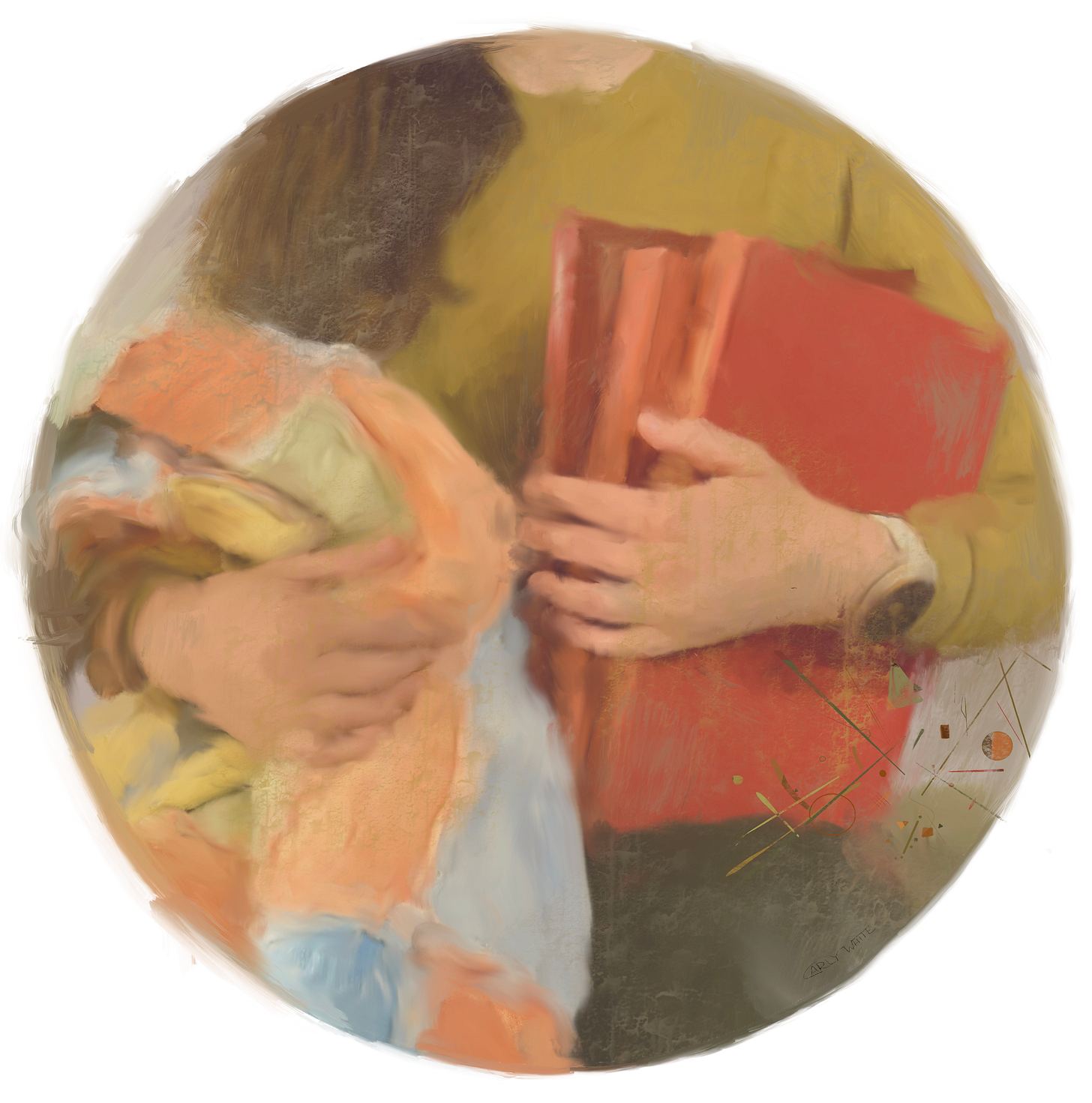
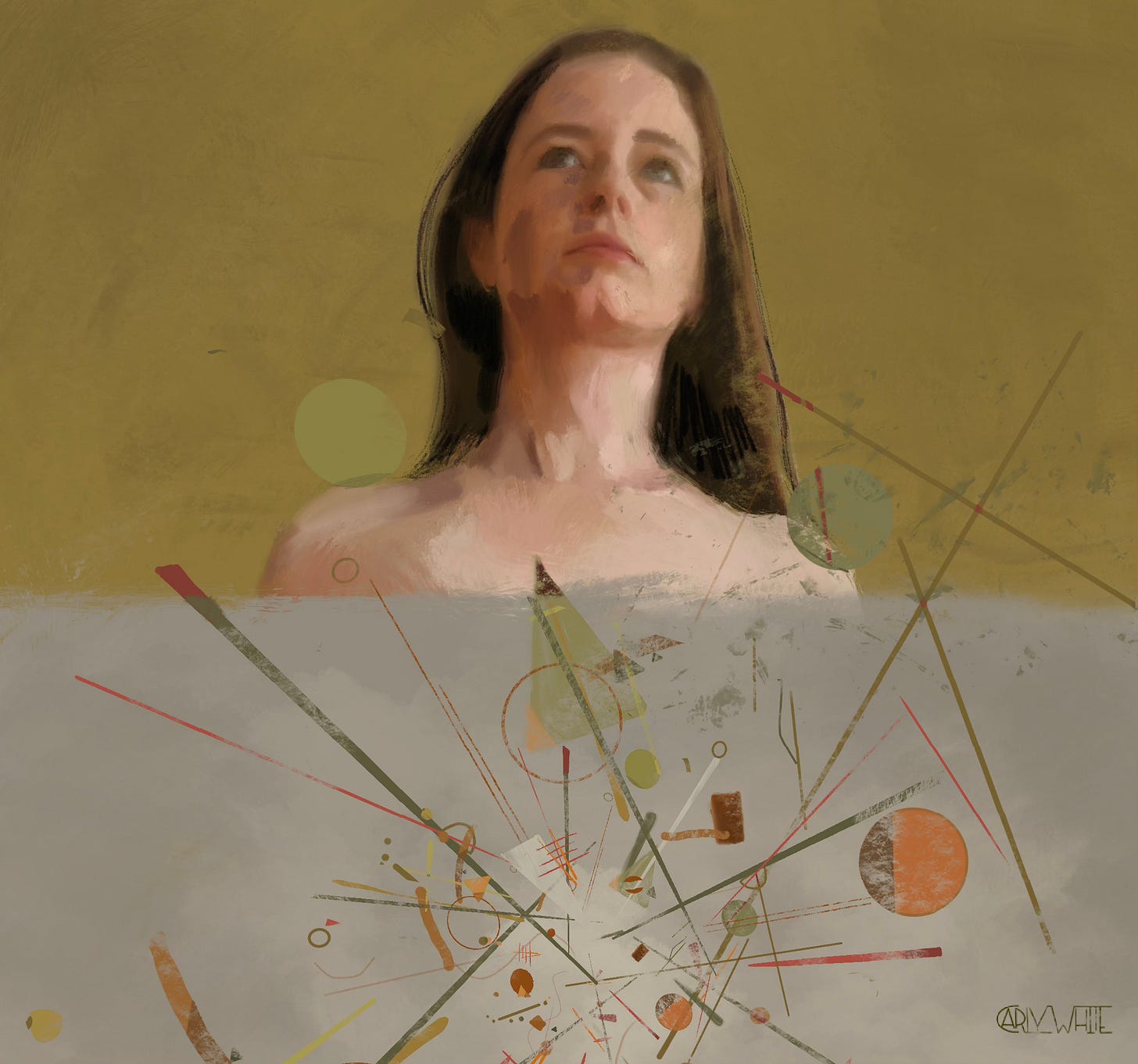
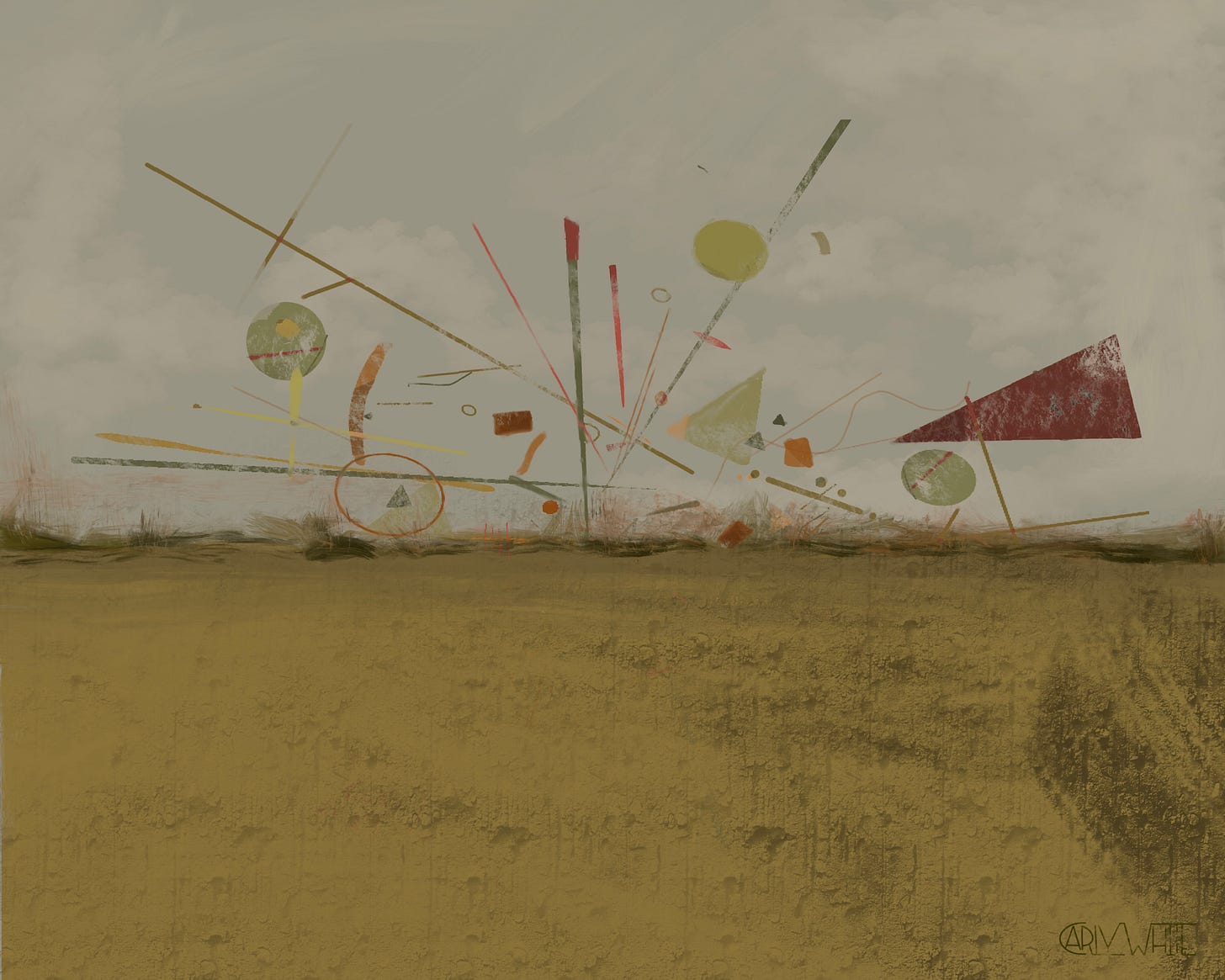





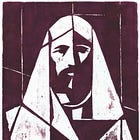
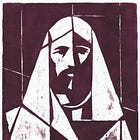


I enjoyed this article, but I think it mischaracterizes the dichotomy it addresses. Cordner says we should sacrifice our penchant for order to the chaos of the Spirit. However, I think what she's really talking about isn't the difference between my order and God's chaos; rather, it's the difference between my order and God's order. It's not a question of order versus chaos; it's a question of who's in charge. I vote (except when I don't 😉) to let God run things.
Thank you for such an interesting essay. Much to think about!